ClassicRadar: The ten greatest years in videogame history
We calculate the best 120 months of gaming. Which do you remember?
1991
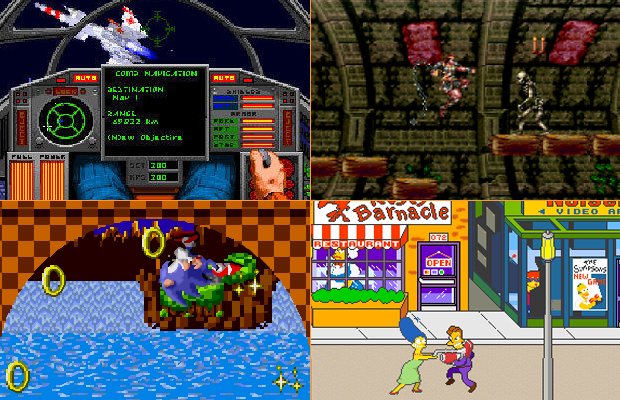
This was the year when things really started to heat up. For years, Nintendo had a vice-like grip on console gamer consciousness. Sega decided to fight fire with fire - and in 1991, its star, Sonic the Hedgehog, burst onto the scene. With the release of the Super Nintendo in August, Super Mario World, the most technically accomplished and perfectly polished entry in the Super Mario Bros. series, showed up as well, and sparks flew. A fierce battle raged from then on, and we gamers reaped the rewards immediately.
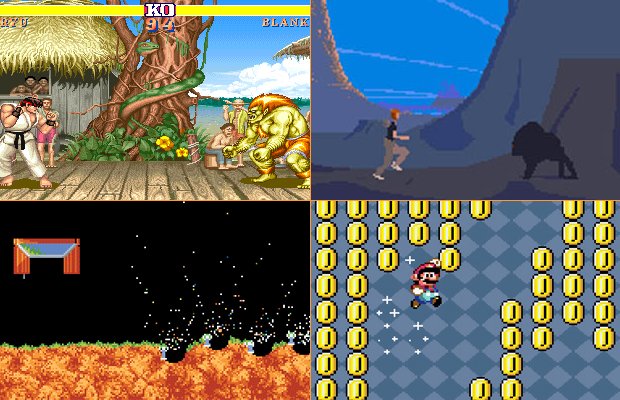
Nintendo, determined to make the Super NES a success, didn't just rely on mushroom power. The company launched two new series alongside it. F-Zero and Pilotwings forged new paths in racing and flight, with technology and gameplay we'd never seen before. Loyal third party publishers, responsible for huge hits on the NES, weren't far behind with updates. Super Castlevania IV refined an adventure formula many already thought perfect, while Super Ghouls 'n Ghosts married punishing difficulty with slick graphics. It wasn't all rehashes, though - Act Raiser, an Oreo of creamy action sandwiched between crunchy wafers of top down god-simulation, stands out even now; its like was never seen again. If that wasn't enough, Square's Final Fantasy II brought role playing games to the next level, with inventive gameplay, a huge cast of lovable characters and a deeply involving story that set the tone for the series from then on.
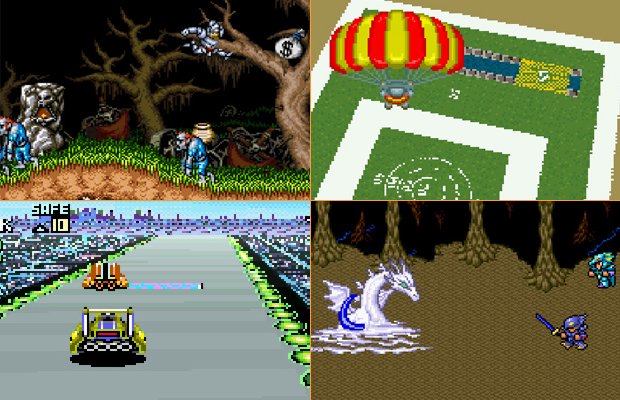
PC gamers were anything but left behind. Its releases show the breadth of the platform at that time: Lemmings' puzzles and gallows humor made us fans - fast. Out of this World's atmospheric adventure took the left-to-right action games of the past into a whole new dimension, blending 3D graphics with a 2D world and showing that games could be truly artistic. Finally, Wing Commander II proved to be the apex of the series, with its epic story and engrossing gameplay. Scorched Earth, on the other hand, was an underground hit - its tank battles were fiendishly addictive.
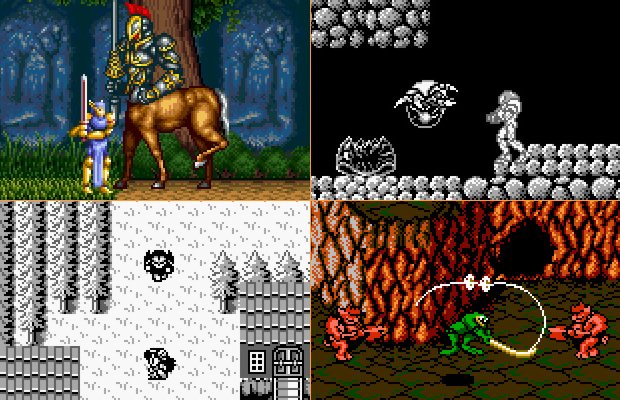
Arcade games had maintained popularity, but their second boom had its genesis in this year. The Simpsons maintained the status quo, blending the popular TV characters with Konami's refined beat 'em-up formula. But it was Street Fighter II's debut that marked the beginning of a bold new era.
1993
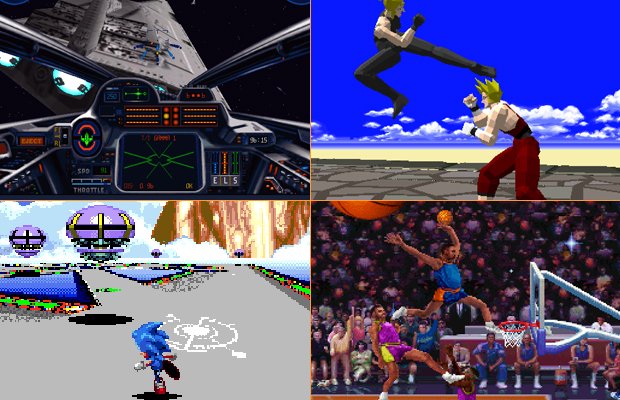
The question in 1993 wasn't what to play, but where to play it. Step into an arcade and you were likely to get punched - or worse. Fighting games like Samurai Shodown, Super Street Fighter II and Mortal Kombat II would kill you for a quarter, but Virtua Fighter gave them all notice that gore and speed were no match for technique and technology. The era of 3D fighting had arrived. That didn't stop the 2D sports title NBA Jam from shoving, dunking and raking in an estimated one billion dollars, one quarter at a time.
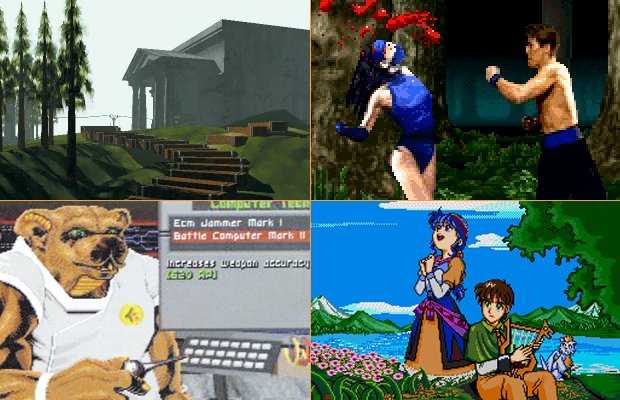
Back at home, the Sega/Nintendo blood feud found itself fueled by landmark titles. When Genesis owners bragged about the stunning animations of Disney's Aladdin, SNES owners pointed to the stellar design and presentation of Mega Man X. Secret of Mana kept RPG gamers happy on Super Nintendo, but Sega fans had their quest logs full with Shining Force and Lunar: The Silver Star, the latter on the recently released Sega CD. And while Sonic CD helped give that fledgling add-on a bit more weight, SNES powerhouse Super Mario All-Stars kept the mascot matchup balanced.
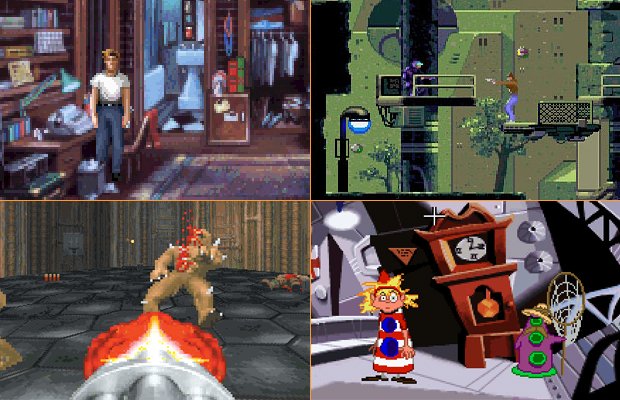
For Genesis gamers with more pent-up aggression, titles like Gunstar Heroes, Jungle Strike and the tongue-in-cheek, severed-head-in-hand sports parody Mutant League Football offered release. And despite the 16-bit dominance, Nintendo's 8-bit systems refused to die, coughing up Kirby's Adventure on NES and The Legend of Zelda: Link's Awakening on Game Boy. Even the ill-fated Atari Jaguar made its retail debut, bringing the 3D shooter Cybermorph with it. (Hey - did you actually play it? Then stop snickering.)
Sign up to the GamesRadar+ Newsletter
Weekly digests, tales from the communities you love, and more
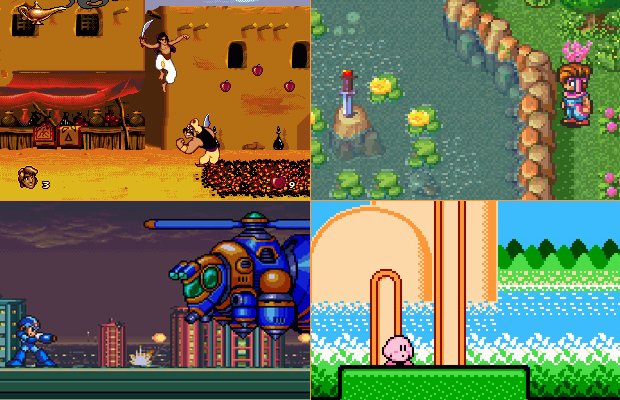
And yet, you could say PC gamers were the luckiest of the bunch. The independently published, 3D-shooter-from-hell Doom proved that shareware (and id Software, for that matter) was no fluke, while Star Wars: X-Wing, Syndicate, and Master of Orion all showed different, brilliant sides of sci-fi. Adventure gamers couldn't figure out which quest to tackle first: Flashback, Gabriel Knight: Sins of the Fathers, Day of the Tentacle or Sam & Max Hit the Road. And while most gamers swapped floppy disks to get their gaming fix, early adopters of a new technology called PC CD-ROM explored both The 7th Guest's multimedia haunted house and the eerie, photorealistic dreamscapes of Myst. The massive success of those two games would make the entire technology viable.
GamesRadar+ was first founded in 1999, and since then has been dedicated to delivering video game-related news, reviews, previews, features, and more. Since late 2014, the website has been the online home of Total Film, SFX, Edge, and PLAY magazines, with comics site Newsarama joining the fold in 2020. Our aim as the global GamesRadar Staff team is to take you closer to the games, movies, TV shows, and comics that you love. We want to upgrade your downtime, and help you make the most of your time, money, and skills. We always aim to entertain, inform, and inspire through our mix of content - which includes news, reviews, features, tips, buying guides, and videos.


